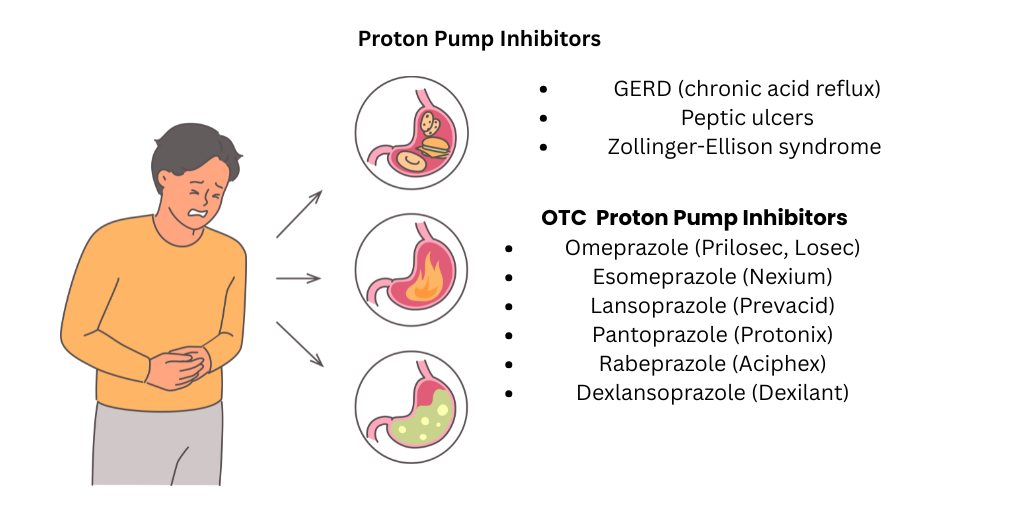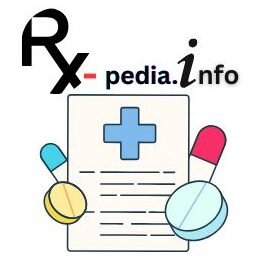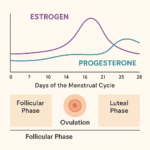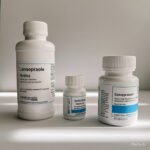
Table of Contents
Introduction to Proton Pump Inhibitors (PPIs)
If you’ve ever dealt with persistent heartburn or acid reflux, you’ve probably heard of proton pump inhibitors (PPIs)—medications like omeprazole (Prilosec) or esomeprazole (Nexium).
PPIs are powerful acid-reducing medications that block the stomach’s proton pumps, significantly lowering acid production. They’re commonly prescribed for:
- GERD (chronic acid reflux)
- Peptic ulcers
- Zollinger-Ellison syndrome (a rare acid-overproduction disorder)
Unlike antacids (like Tums), which neutralize acid temporarily, PPIs provide long-lasting relief by preventing acid secretion at the source. However, they’re not without risks—long-term PPI use has been linked to kidney issues, nutrient deficiencies, and bone fractures (Freedberg et al., 2017).

How Do Proton Pump Inhibitors Work?
Your stomach lining contains tiny proton pumps that release acid for digestion. PPIs irreversibly block these pumps, reducing acid by up to 99% for 24 hours or more (Shin & Kim, 2013).
- Best taken 30-60 minutes before breakfast (for once-daily dosing).
- Full effect takes 2-3 days, unlike antacids, which work instantly.
While PPIs are highly effective, they’re not meant for indefinite use. The FDA recommends the shortest treatment duration possible(FDA, 2020).
Proton Pump Inhibitor Medications List
Not all PPIs are the same—some are over-the-counter (OTC), while others require a prescription. Here’s a complete PPI medications list:
1. Omeprazole (Prilosec, Losec)
- Available as OTC and prescription
- Used for GERD, ulcers, and H. pylori infections
- Common side effects: Headache, diarrhoea
2. Esomeprazole (Nexium)
- More potent than omeprazole (same drug but refined for better absorption)
- Often prescribed for severe GERD
3. Lansoprazole (Prevacid)
- Fast-acting, often used for NSAID-induced ulcers
- Comes in dissolvable tablets (helpful for swallowing difficulties)
4. Pantoprazole (Protonix)
- IV form available for hospital use
- Lower drug interaction risk compared to others
5. Rabeprazole (Aciphex)
- Works faster than omeprazole in some patients
- Less common but effective
6. Dexlansoprazole (Dexilant)
- Dual-release formula—lasts up to 24 hours
- Good for nighttime reflux
OTC vs. Prescription PPIs:
| Type | Examples | Best For |
|---|---|---|
| OTC PPIs | Prilosec, Nexium 24HR | Mild, occasional heartburn |
| Prescription PPIs | Protonix, Dexilant | Severe GERD, ulcers |
Proton Pump Inhibitors Medication Administration
Taking PPIs correctly maximizes their effectiveness while reducing risks.
How to Take PPIs for Best Results
✅ Take 30-60 minutes before breakfast (or first meal).
✅ Swallow whole—don’t crush or chew (except lansoprazole orally disintegrating tablets).
✅ Avoid long-term use unless medically necessary (FDA, 2020).
What Happens If You Miss a Dose?
- If remembered within 12 hours, take it.
- If later, skip and resume the next day (doubling up increases side effects).
PPIs and Food Interactions
- High-fat meals can delay absorption.
- Calcium/magnesium supplements may be less effective if taken with PPIs (Wilhelm et al., 2013).
Proton Pump Inhibitor Medication Side Effects
While PPIs are generally safe short-term, long-term use carries risks:
Common Side Effects
- Headache
- Nausea, diarrhoea
- Abdominal pain
Serious Risks
- Kidney damage (Xie et al., 2016)
- Bone fractures (due to reduced calcium absorption)
- Vitamin B12 deficiency (long-term use inhibits absorption)
- Increased infection risk (C. diff, pneumonia)
Who Should Avoid PPIs?
- People with low magnesium levels
- Those on clopidogrel (Plavix) (PPIs reduce its effectiveness)
Proton Pump Inhibitor Medication Interactions
PPIs can interfere with other drugs, including:
1. Clopidogrel (Plavix)
- PPIs reduce its anti-clotting effect (Bhatt et al., 2010).
2. Warfarin (Blood Thinner)
- Increased bleeding risk due to altered metabolism.
3. Antifungals (Ketoconazole) & HIV Drugs
- PPIs reduce absorption of these medications.
Alternatives to PPIs
If PPIs aren’t suitable, consider:
1. H2 Blockers (Famotidine, Ranitidine)
- Less potent but fewer risks
2. Lifestyle Changes
- Elevate your bed
- Avoid late-night eating
- Reduce alcohol and spicy foods
3. Natural Remedies
- Ginger tea (anti-inflammatory)
- Apple cider vinegar (for some, paradoxically helps)
Key Takeaways
- PPIs are highly effective for acid-related disorders.
- Long-term use has risks—kidney, bone, and nutrient issues.
- Always take as directed before breakfast.
- Explore alternatives if using PPIs for extended periods.
FAQ: Proton Pump Inhibitors (PPIs)
Can I take PPIs every day?
Short-term (2-8 weeks) is safe, but long-term requires medical supervision.
How long until PPIs work?
Full effect in 2-3 days, though some feel relief sooner
What happens if I stop PPIs suddenly?
Rebound acid hypersecretion can occur—taper off slowly.











18 thoughts on “Proton Pump Inhibitors (PPIs): A Complete Guide to Uses, Side Effects & Alternatives”